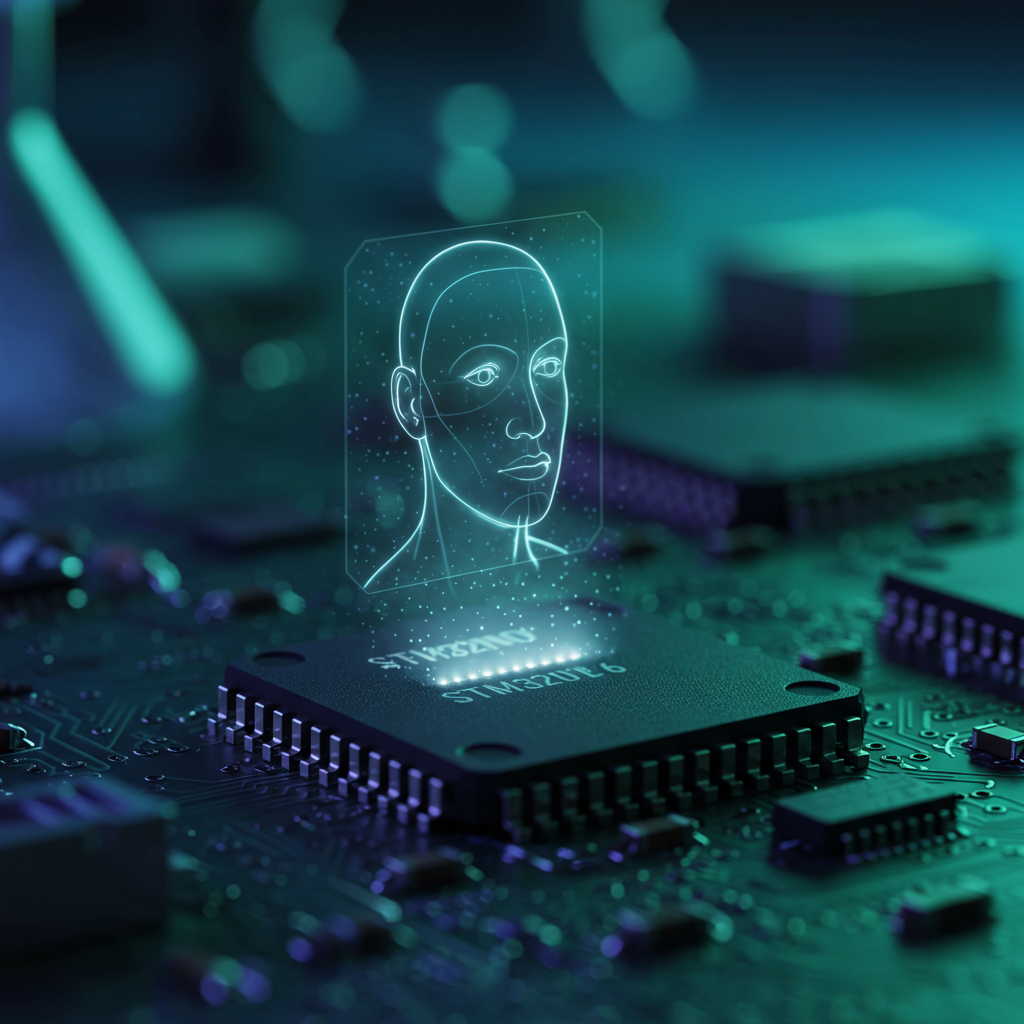Face recognition technology is rapidly evolving, moving from powerful servers to smaller, more efficient devices. This post explores a recent breakthrough: real-time face recognition running entirely on an STM32N6 microcontroller, a chip smaller than a thumbnail.
Power-Efficient Performance
This tiny powerhouse achieves impressive performance with minimal power consumption. Face detection takes a mere 9ms, while recognition clocks in at 130ms per person. The system also boasts robust multi-face tracking, all while consuming around 0.25W. Because everything runs locally on the chip, there’s no need for data transmission to the cloud, enhancing privacy and reducing latency.
Challenges and Triumphs of Cutting-Edge Hardware
Developing for new hardware always has challenges. Working with the STM32N6, with its minimal documentation, was no exception. The biggest hurdle wasn’t the AI itself but navigating the complexities of a brand-new chip. Many code examples wouldn’t even compile. Months were spent reverse-engineering, debugging cryptic errors, and pushing the hardware to its limits. This deep dive into the STM32N6’s inner workings uncovered potential that even the manufacturer might not have realized.
Building Your Own Embedded Face Recognition System
Working with embedded face recognition systems like this typically involves several steps. First, you’ll need a suitable dataset of faces for training the recognition model. Then, you’ll train the model using machine learning frameworks like TensorFlow or PyTorch. Once the model is trained, it needs to be converted into a format that can be run on the STM32N6’s Neural Processing Unit (NPU). This often involves quantization to reduce the model’s size and computational requirements. Finally, the converted model is integrated with the STM32N6’s software and optimized for real-time performance.
Open Source and Ready to Explore
The complete project, including source code, build pipeline, model conversion scripts, and practical documentation, is available to the community. This provides a valuable resource for anyone interested in exploring the possibilities of embedded AI and face recognition. This type of open sharing facilitates further development and innovation in the field.
The Future of Embedded AI
This project demonstrates the potential of embedded AI to bring complex capabilities to even the smallest devices. As microcontrollers become even more powerful and efficient, we can expect to see more innovative applications of embedded AI in areas like robotics, wearable technology, and the Internet of Things.





